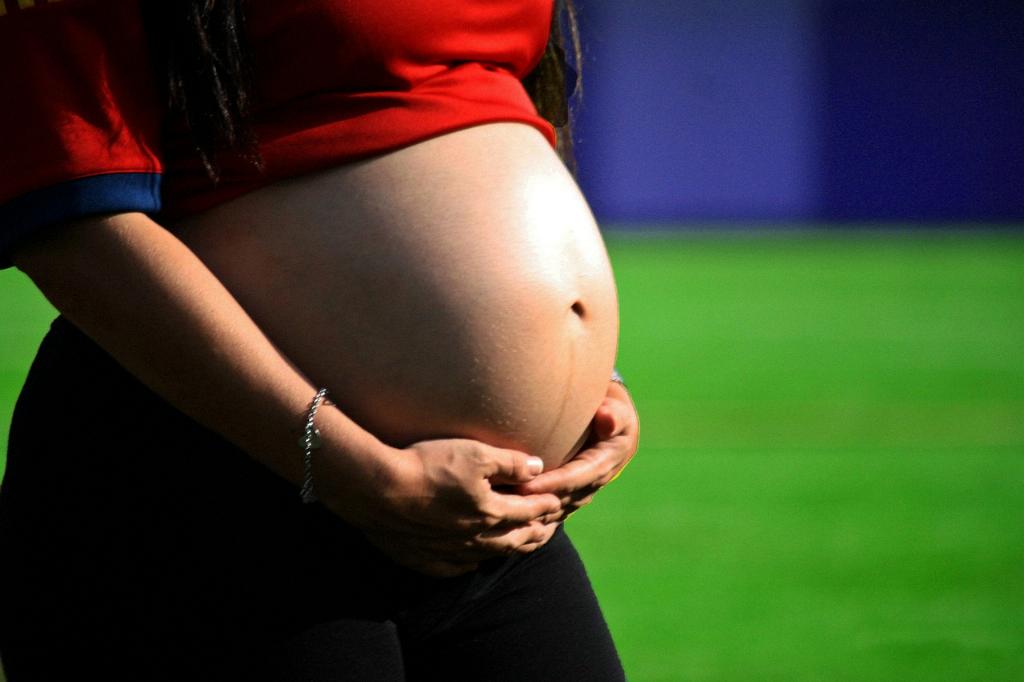When it comes to the question of when to stop taking Lovenox during pregnancy, there are several important considerations to keep in mind. One key factor to consider is the onset of contractions. It is generally advised that women should discontinue their LMWH (Low Molecular Weight Heparin) like Lovenox when contractions begin.
For women who are planning a delivery, most guidelines recommend stopping enoxaparin, the generic name for Lovenox, within 24 hours of the anticipated delivery time. This timing is particularly crucial if the woman is considering or desires to have an epidural during labor.
It is essential to discuss the timing of stopping Lovenox with your healthcare provider well in advance of your due date. Your healthcare team will consider various factors such as your individual medical history, the reason for taking Lovenox, and the overall risks and benefits involved in your specific situation.
While it is crucial to follow the guidance of your healthcare provider, stopping Lovenox too early can increase the risk of blood clots, especially if you have a pre-existing condition that makes you prone to clotting. On the other hand, continuing Lovenox for too long can pose risks during labor and delivery, such as the potential for increased bleeding.
If you have been prescribed Lovenox for a specific medical condition during your pregnancy, such as a history of blood clots or certain clotting disorders, your healthcare provider will tailor the timing of stopping the medication to your individual needs. It is important to have open and honest discussions with your provider about any concerns or questions you may have.
Another important consideration is the type of anesthesia you may require during labor. If you are planning to have an epidural for pain relief during childbirth, your healthcare provider may recommend stopping Lovenox earlier to reduce the risk of complications related to bleeding or clotting during the placement of the epidural.
Discussing your birth plan with your healthcare provider well before your due date can help ensure that all parties are on the same page regarding the management of your Lovenox therapy. Your provider will work with you to create a plan that balances the need for anticoagulation with the safety of you and your baby during labor and delivery.
In some cases, depending on your individual circumstances, your healthcare provider may recommend switching from Lovenox to a different type of anticoagulant as you approach your due date. This transition may help mitigate the risks associated with Lovenox specifically during labor and delivery.
It is important to be aware of any signs or symptoms that may indicate a potential problem related to your anticoagulation therapy, such as unusual bruising, excessive bleeding, or signs of blood clots. If you experience any concerning symptoms, do not hesitate to contact your healthcare provider immediately.
Remember that every pregnancy is unique, and the decision to stop taking Lovenox during pregnancy should be made in consultation with your healthcare provider based on your individual circumstances. Open communication, timely discussions, and a thorough understanding of the risks and benefits involved are key in ensuring a safe and healthy pregnancy for both you and your baby.
Ultimately, the timing of stopping Lovenox during pregnancy is a personalized decision that should be guided by the expertise and recommendations of your healthcare provider. By working closely with your provider and staying informed about your anticoagulation therapy, you can help navigate this aspect of your pregnancy journey with confidence and peace of mind.

